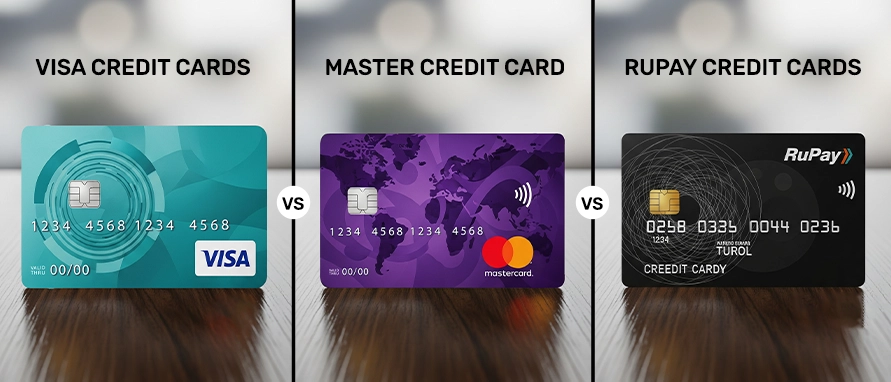Credit card rewards can make everyday spending more rewarding. The earning potential varies by network and card type. Here’s a breakdown across popular categories:
Shopping
A RuPay credit card may offer reward points on every purchase, especially when used with UPI for online or offline shopping. For example, ICICI Bank RuPay Credit Cards allow you to earn points on groceries, e-commerce, and utility payments. Visa credit card options like the Axis Flipkart Credit Card offer cashback on e-commerce sites. Mastercard credit card holders might get bonus points at select online retailers.
Dining
Many RuPay credit cards provide discounts at partner restaurants and reward points for dining expenses. Visa and Mastercard both offer dining privileges, such as ‘Visa Dining Offers’ or Mastercard’s ‘Priceless Cities’ experiences, which might include discounts or complimentary dishes at select outlets.
Travel
Premium RuPay credit cards like ICICI Coral offer complimentary railway or airport lounge access within India. Visa credit card and Mastercard credit card variants may provide international lounge access, travel insurance, and flight booking discounts. For instance, the SBI ELITE Visa card offers free lounge visits and travel deals, while Mastercard SELECT cards come with trip planning and insurance.
Example: A frequent online shopper using the Amazon Pay ICICI Visa Credit Card can earn cashback on Amazon spends, while a domestic traveller may benefit more from a RuPay credit card with UPI integration and railway lounge access.
Disclaimer: The benefits of the respective credit cards mentioned above are added with reference to the information available at the time of writing. For the latest updates, please visit the official website.






































